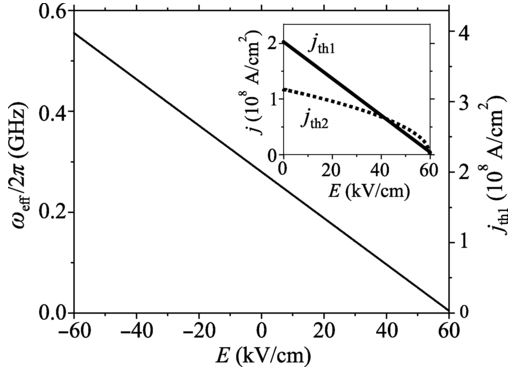Voltage controlled anisotropy and current-induced magnetization dynamics in antiferromagnetic-piezoelectric heterostructures

It is shown theoretically that in a layered heterostructure comprising piezoelectric, dielectric antiferromagnetic crystal, and heavy metal (PZ/AFM/HM), it is possible to control the anisotropy of the AFM layer by applying a dc voltage across the PZ layer. In particular, we show that by varying the dc voltage across the heterostructure and/or the dc current in the HM, it is possible to vary the frequency of the antiferromagnetic resonance of the AFM in a passive (subcritical) regime and, also, to reduce the threshold of the current-induced terahertz-frequency generation. Our analysis also shows that, unfortunately, the voltage –induced reduction of the generation threshold leads to the proportional reduction of the amplitude of the terahertz-frequency signal generated in the active (supercritical) regime. The general results are illustrated by a calculation of the characteristics of experimentally realizable PZT-5H/NiO/Pt. This work has been published in Physical Review Applied and can be accessed here.
